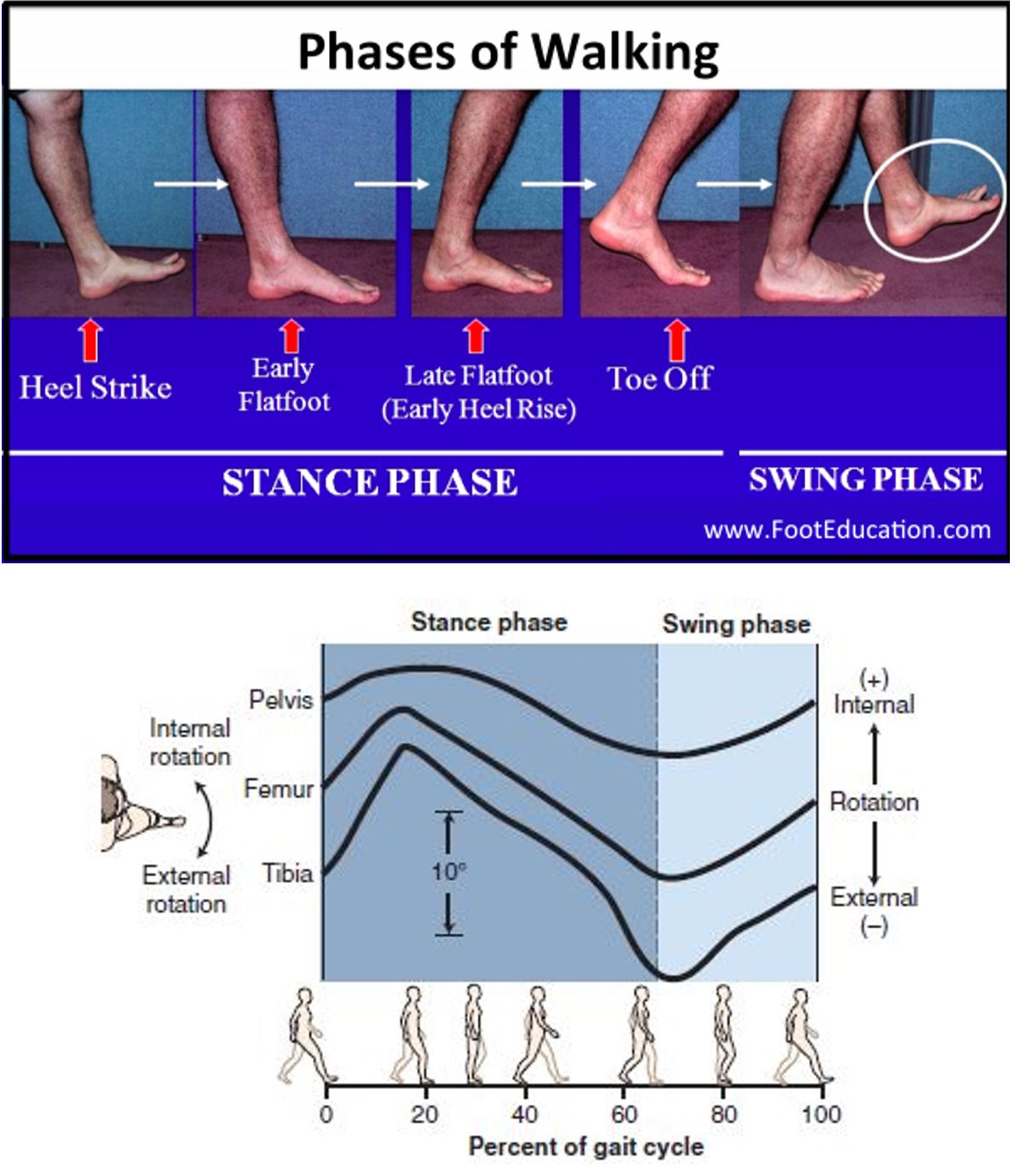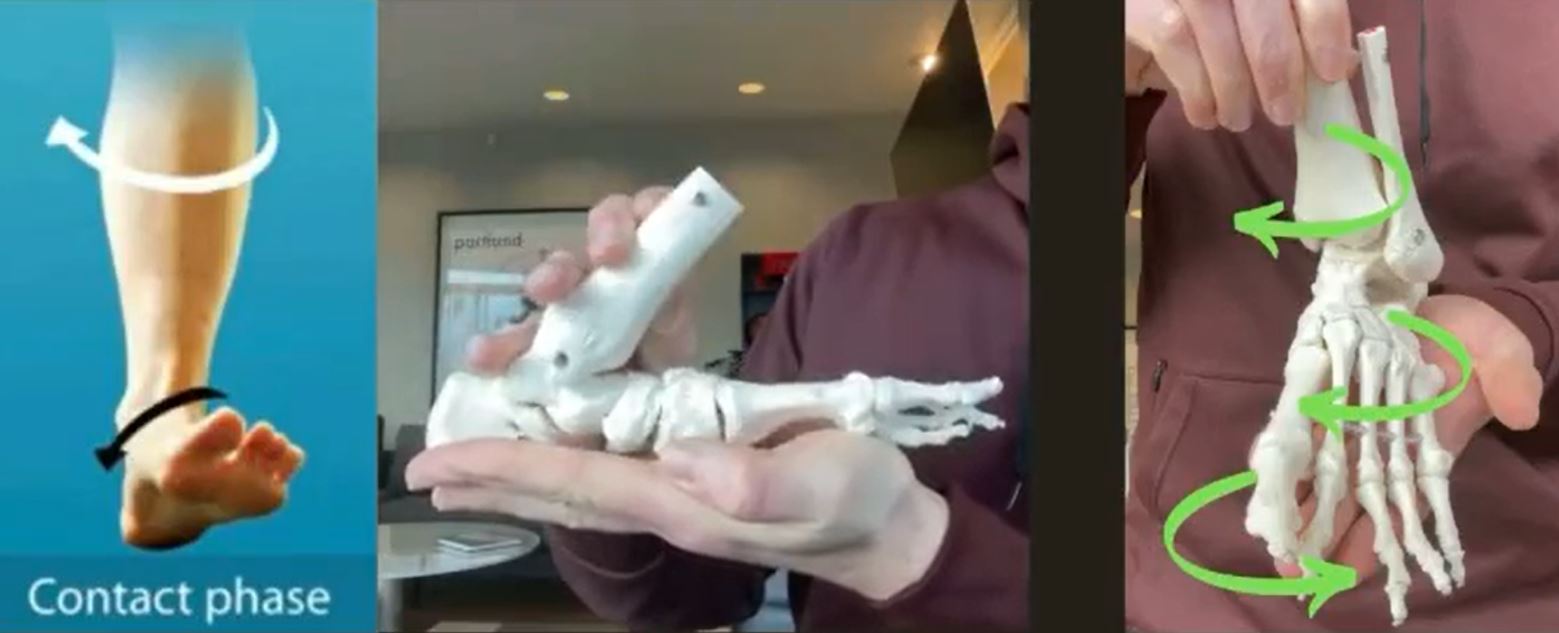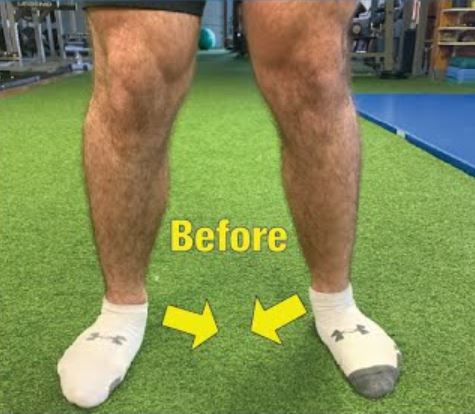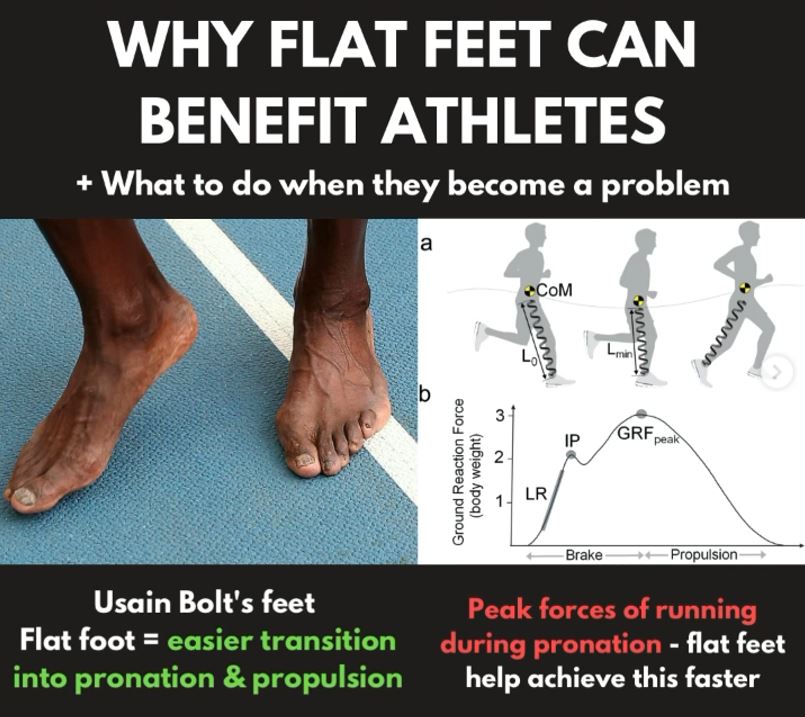3 Highly Effective & Underrated Exercises for Ankle Mobility & Dorsiflexion
Sep 20, 2021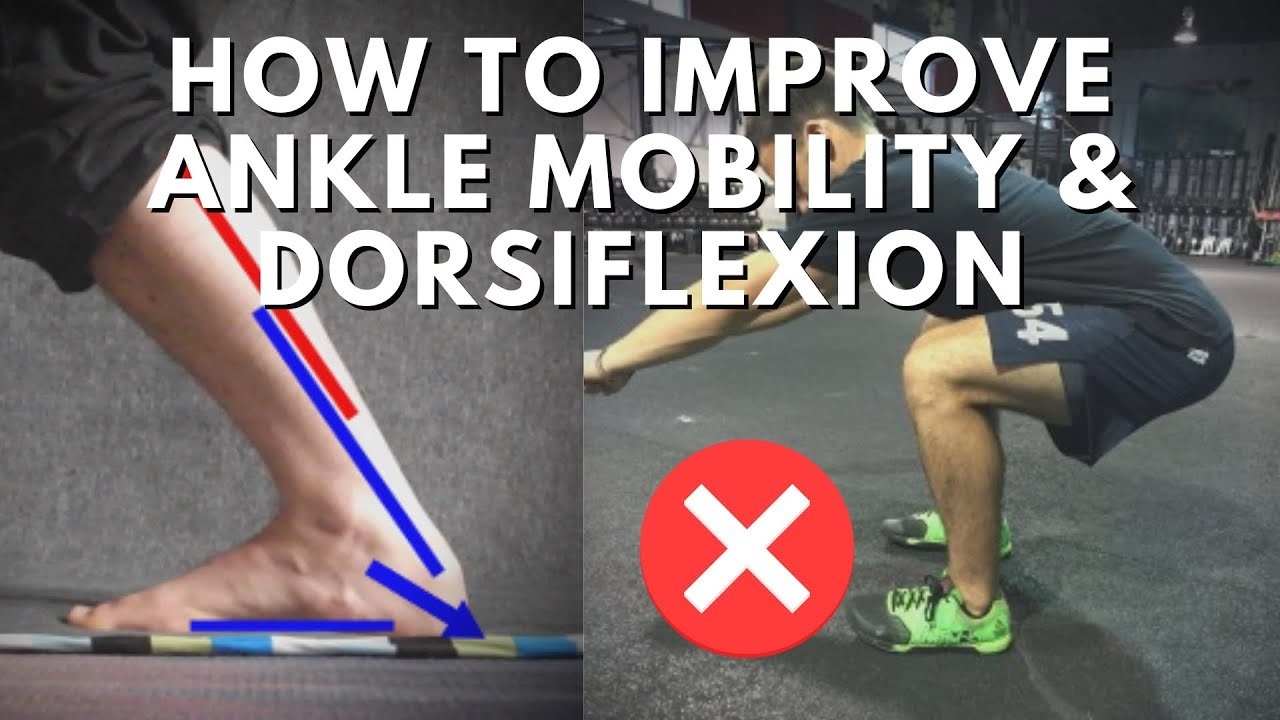
When people think of “ankle mobility” they often are referring to dorsiflexion, or the ability for the shin to translate forward over the foot.
However, ankle mobility is so much more than that, and it is intimately tied to how we move all the way up to our trunk rotation in walking and running. That’s right, that wasn’t a typo!
In this article, I’m going to cover:
- The biomechanics of the foot in movement
- What limits ankle mobility
- Strategies for improving ankle mobility
If you'd rather watch than read, click below:
Biomechanics of the Foot in Human Movement
When we walk, run, jump, cut, or do just about anything dynamic, we need the foot to interact with the ground to create movement up the chain into our hips (pelvis), and subsequently, our upper body is going to respond to that lower body movement.
Let’s break down foot movement in normal gait mechanics. When we strike the ground with our heel, the foot is biased towards supination, which requires external rotation up the chain into our leg and pelvis.
Upon loading all of our weight onto the foot, we are quickly moving into internal rotation (from a position of relative external rotation) of the pelvis and leg, meaning the foot has to pronate (the arch drops).
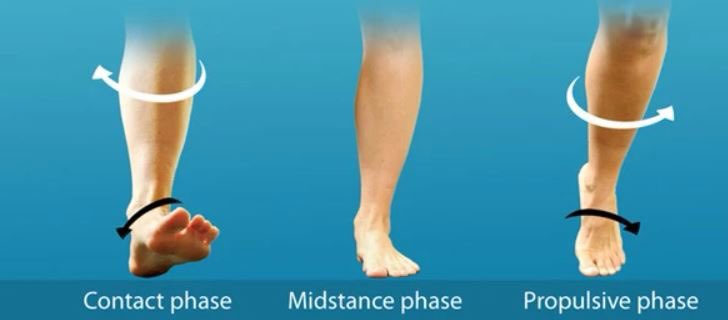
Now, here’s where things get interesting. The foot has to be able to pronate for the shin to translate over the foot (dorsiflexion). This means that you cannot sperate pronation from dorsiflexion. These are two inherently coupled joint actions.
The pronation allows the foot to drop which allows for the muscles on the bottom-side of the foot to stretch out. The overwhelming majority of muscles that attach on the bottom of the foot are supination muscles, meaning that the stretch on those muscles sets us up to “re-spring” the arch upon push-off (late-stance). This is referred to as the Windlass Mechanism:
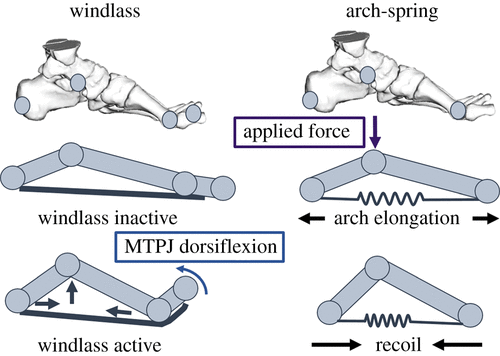
Now we have a situation where the ankle is biased towards re-supination, meaning external rotation up the chain.
Proper pronation will help set up a proper push-off (force production) via proper internal rotation.
In terms of weightroom exercises, we need ankle mobility when internal rotation is needed in the body. This occurs in mid-stance in gait, and because internal rotation = force production, we also need it during the sticking point (hardest part) of a squat or deadlift.
Click here for more information on internal rotation.
Think about why someone's knees might collapse in during a squat or the feet turn out as they push.
They could be trying to find a strategy to find internal rotation and/or pronation:
What Commonly Limits Ankle Mobility
A common limiter of ankle mobility is a foot that is already pronated, or one that cannot pronate in the first place.
What commonly causes this poor ankle mobility is a pelvis that is very far forward.
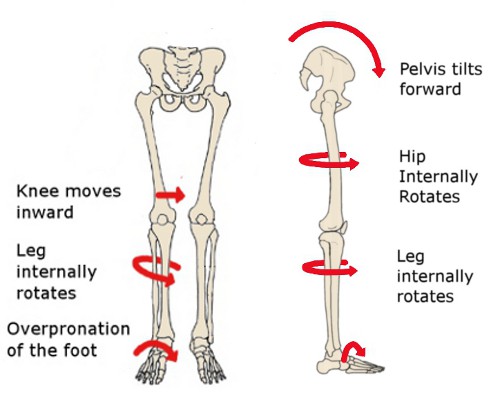
If you stand up and lean on your toes (keeping your whole foot flat on the floor), your back arches and your arch will likely drop down. This is essentially what is happening with these people.
Click here for a video on Anterior Pelvic Tilt.
We can often literally see this in someone’s foot. If they present with a collapsed arch, they may not be able to achieve proper ankle mobility because they are stuck in compensatory pronation:

This is not a problem for everyone, and can actually even be helpful to a certain extent. Many athletes present with flat feet because it allows them to enter mid-stance easier when moving at high speeds.
This allows them to put force into the ground quickly. See my post below for more information on this:
But, just like anything else, if taken too far, this can actually limit our ability to create that “re-rise” or “spring” back up via the Windlass mechanism, as those bottom-side foot muscles will already be too stretched out.
This also doesn’t mean that these people are “good” at pronating. It just means that their body is seeking a strategy to do via the path of least resistance.
So how do we know if the foot can pronate? We can use two primary tests:
- A basic dorsiflexion drill
Get your foot about a fist-length away from the wall. Can you feel your tripod and get your knee to the wall without feeling a pinch in your ankle or your heel coming off of the ground?
- Knee Flexion
This test assesses how much tibial internal rotation you can achieve, which is essential for dorsiflexion and pronation. We are looking for at least 130 degrees, but even better if you can get your heel to your rear end.
Exercises for Ankle Mobility & Dorsiflexion
In order to improve ankle mobility, there is a general progression I like to use:
- If the pelvis is forward, bring them back and help them find their heels
This will help the individual learn how to sense the lateral border of their heel and the associated external rotation of the lower body, which sets up IR/pronation. We can achieve this via positions that recruit the muscles that rotate the pelvis back, like so:
- Be able to move from your heel to mid-foot
I am a big fan of heels-elevated positions for this because it allows for the individual to start the movement in a relatively “negative” or backwards-facing shin angle. Elevating the heel on a wedge will allow for the person to start in position that mimics heel-strike in gait where the arch is higher and more weight is on the heel. This will allow for them to push the shin forward without risking jamming the front of their ankle because they’re already collapsed and in a pronated state.
Just make sure the whole foot is flat on wedge or slant-board so that the toes are being jammed into the ground.
We can also use a “toe-float” drill where we are relaxing the toes as much as possible so we are training ourselves to pronate without going too far on the toes.
- Train Dynamic Pronation
Now we can start to introduce load. One drill I really like for this is a front-foot elevated split squat. This is naturally going to offset more weight onto our heel due to the raised position of the front leg:
I also like to use lateral sled drags (which people seem to think are quite fun) to drive reference of the inner edge of the foot to achieve pronation:
Closing Thoughts
You cannot get better dorsiflexion without pronation. A pronated foot does not mean that the foot can properly pronate. Being able to identify limitations in ankle mobility is key, and we can use the dorsiflexion and knee flexion tests as reference points to see what is missing and how much we are improving.
Be sure to respect the progression laid out above and re-test your assessments after trying some of the drills.
Don’t miss out on free education
Join our email list to receive exclusive content on how to feel & move better.

